A culinary staple originating from East & Southeast Asia, tofu has made its way to the Western world’s food scene over the past few decades. It is low in calorie, cholesterol-free, and high in protein. In fact, tofu (as it is a soy product) is one of the few plant-based complete proteins. Despite its place in the culinary mainstream, tofu can still make many people shake with fear. This coagulated curd made from soy milk is the horror movie of the culinary world. Even I use to shy away from it until about 4 years ago, and I’ve been vegan for 10 years! Now it’s in my kitchen on the regular.
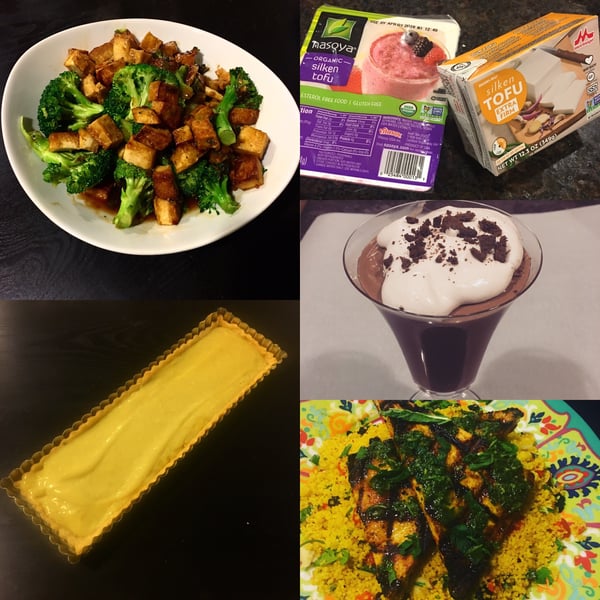
So why are people so scared of tofu? Well there are many reasons. It’s historically carried the stigma of being “hippie” food, like hemp and wheat germ. There’s also this huge belief that soy raises estrogen levels, so it's not good for men. While soy does contain phytoestrogens, which can mimic estrogen in the body, there are many other foods in the mainstream that have phytoestrogens, which get almost no scrutiny. Examples are oats, dried beans, apples, and oranges. Phytoestrogens also happen to be more present in highly processed soy, so tofu is a great choice for soy, as its minimally processed. The key, like any food, is moderation.
Many people just see tofu as just flavorless with a weird texture. And that’s partly true… when it’s not prepped and cooked properly. Once you’ve shaken off the mental image of bland & spongy white cubes, you will be able to see how tofu can be one of the most versatile and delicious staples in your kitchen.
There are many different varieties of tofu, all depend on how much water was strained out during the coagulation process. In this article, I am going to focus on the four that I used most, listed from the least amount of water present to the most.
Firm & Extra Firm Tofu:
While these are technically two different forms of tofu, I will lump these two together, because for the most part, they can be used interchangeably. The reason for this is because depending when it comes to different brands of tofu, Brand A’s “firm” might be more solid than Brand B’s “extra firm.”
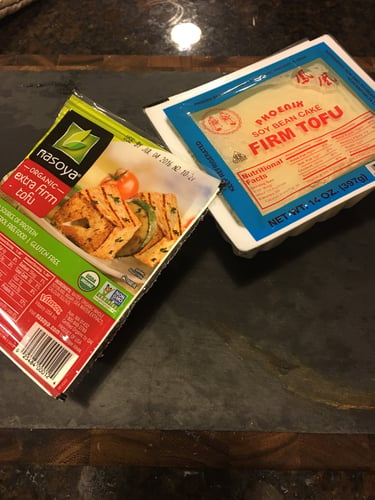
Both firm and extra firm tofu contain very little water. This makes them easy to slice and cube, as they retain their shapes after cut. They are great for stir-fries, grilling, searing, battering & frying, and even make a beautiful breakfast scramble (they are a nice alternative to eggs). I have even pureed firm/extra firm tofu to make dairy-free ricotta and vegan quiche!
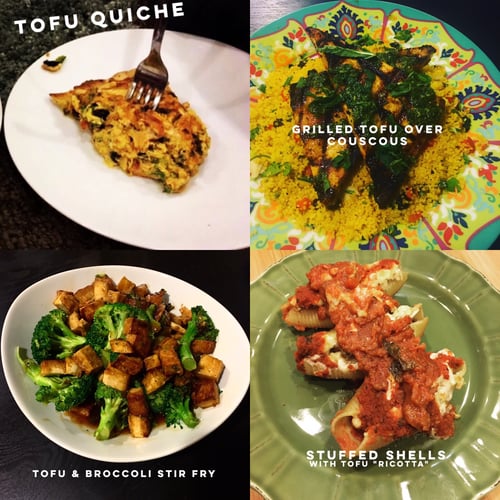
Due to its low water content, extra firm tofu absorbs marinade beautifully, thus eliminating the bland factor. To ensure the maximum absorption of marinade, the tofu must be pressed to remove excess water. I have a tofu press, which I absolutely love and recommend if you are eating tofu regularly.
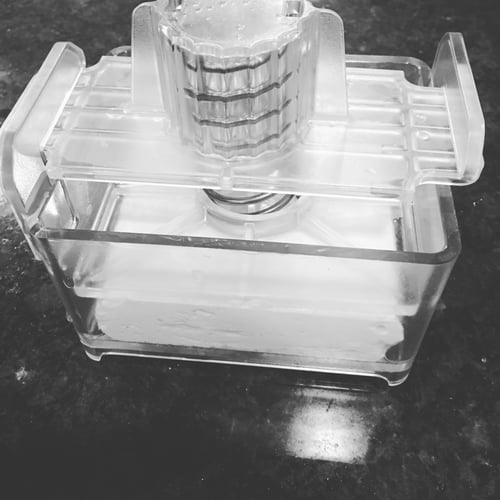
However, if you’re still opening up to tofu, here is another great method of pressing tofu:
- Slice the tofu into fourths (lengthwise or crosswise will work), and place them side by side in a paper towel-lined half-sheet dish.
- Place two more layers of paper towel on top. Place another sheet pan on top of the tofu, and place something heavy on the top of that sheet pan (anything from a brick, to tomato cans, to a cast iron skillet). Let sit for anywhere from 30-60 minutes (depending on the initial firmness of the tofu).
- Remove the now soaked paper towels, you'll notice how the tofu is much less squishy, and will be about ⅓-½ its original volume.
My other recommendation when it comes to firm and extra firm tofu is to make sure it’s cut relatively thin. Thicker cut tofu tends to have that raw, spongy center, that will never get fully cooked. This will guarantee that spongy raw taste that I'm sure you hate.
Soft Tofu:
Soft tofu does not hold its shape as well when sautéed or fried, but it has a milder taste than firm or extra firm tofu.
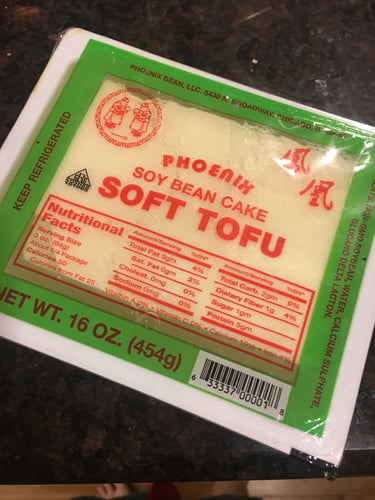
This is a tofu that just I usually cut into a small dice, and toss into a simmered soup, such as miso soup or ramen. If I ever do want it to have some color or caramelization, I’ll roast it. I just preheat the oven to 450, cube the tofu, put it on a sheet tray, toss with some oil and soy sauce, and place it in the oven for 20 minutes. This is my go-to for ramen.
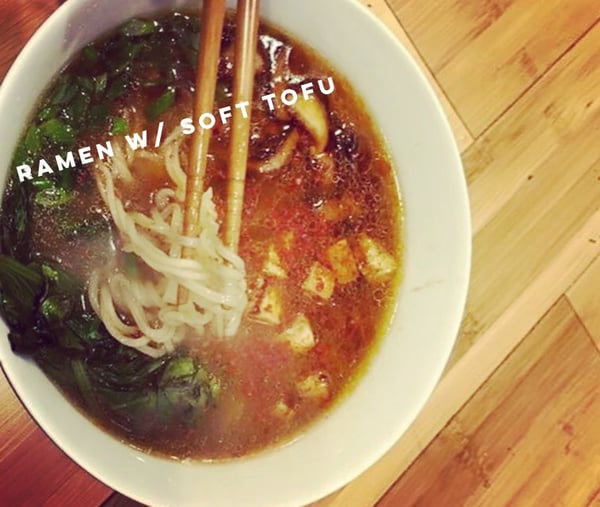
Soft tofu is also great for smoothie recipes in place of yogurt. I love it in my green smoothies!
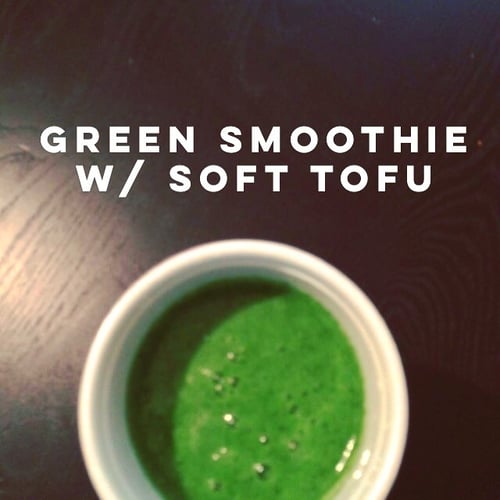
Silken Tofu:
This Japanese-style tofu has the highest water content. You may see silken tofu in soft, firm & extra firm varieties, but be sure to not mix them up with the others. In my kitchen, silken is silken.

Silken tofu has a very custardy texture, so it does not saute that well. However, it has a neutral flavor, which makes it great for dressings and sauces. But what do I love to use it for? Desserts!
I use it for custards, mousses, puddings, curds, cheesecakes, and even egg substitutes in baking (it’s my go-to for brownies). My two absolute favorite things I make with it are my chocolate mousse & my lemon tart.

As shown, tofu is great for breakfast, lunch, dinner, and dessert. Play with it in the kitchen, and maybe you'll find a new use for tofu in a recipe!
If you are looking to explore the world of vegetarian cooking, attend The Chopping Block's Vegetarian Boot Camp coming up at our Merchandise Mart location in June. This full-day immersion class explores flavors and ingredients from many cuisines as well as vegetarian proteins.












